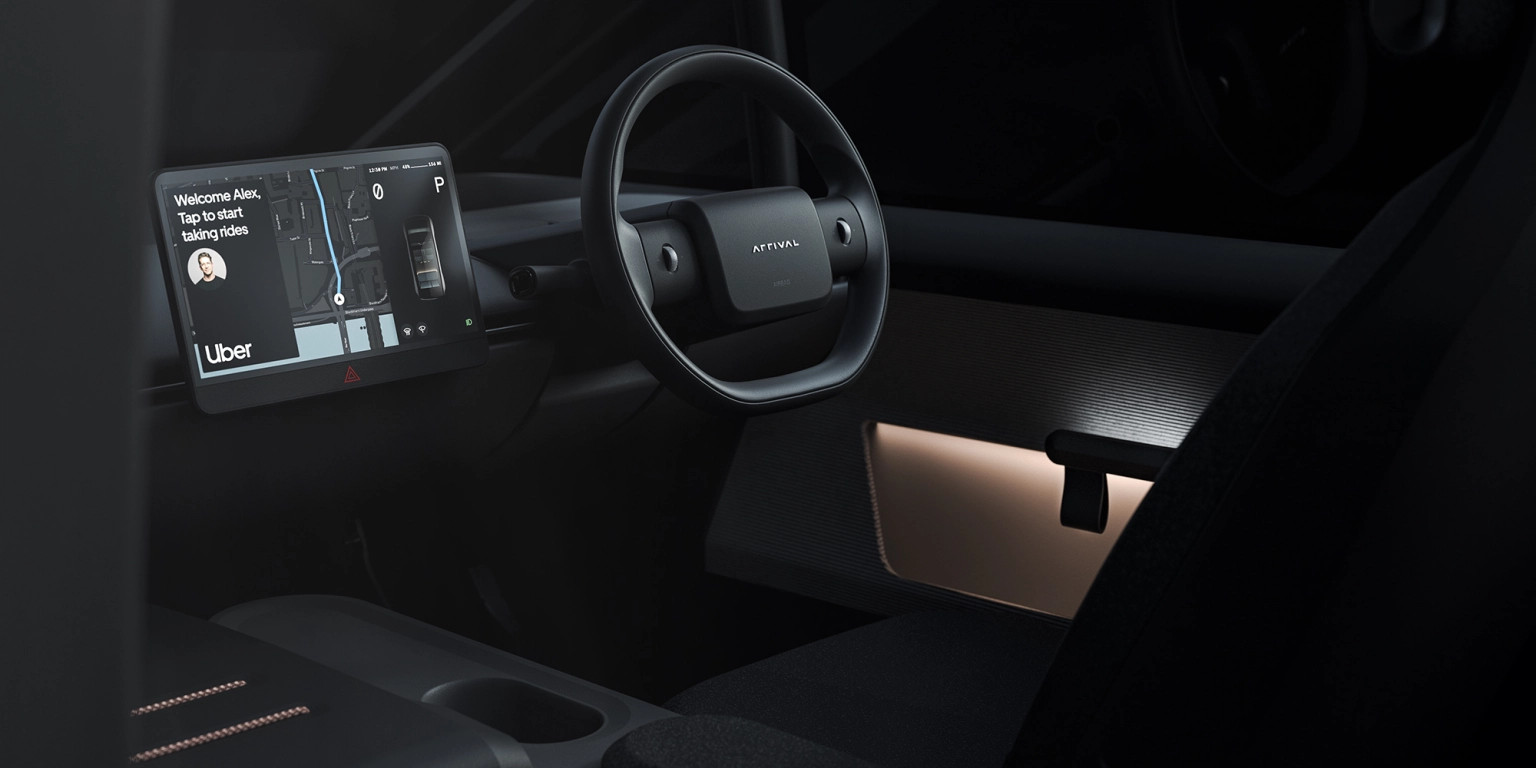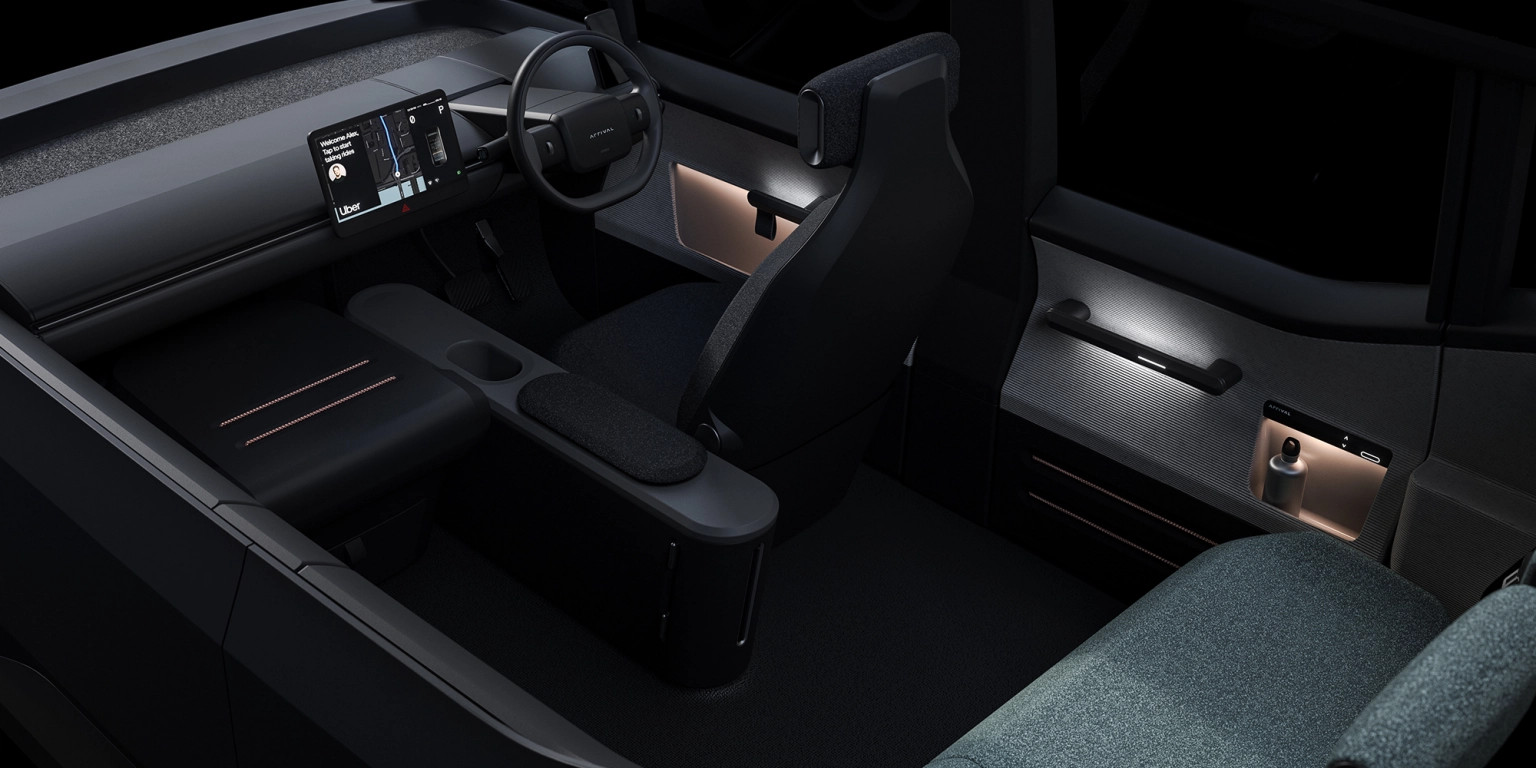
Ride-hailing mega-platform Uber, and Arrival, a British electric van and bus manufacturer, are teaming up to make an electric car specifically for gig-working drivers.
On the one hand it sounds great, on the other… it takes Uber even further down the path of becoming like an old-school taxi firm.
The deal
Announced earlier today, the pair are working together to develop the “Arrival car” an “affordable, purpose-built electric vehicle for ride-hailing,” Reuters reports.
The car will go into production at the end of next year.
It all comes as part of Uber’s plan to become a fully electric mobility platform in London by 2025, and North America and Europe by 2030.
The upside and challenge
Turning to an entirely electric fleet is an undeniably good thing. In cities, where most Uber rides occur, it will help reduce emissions and noise pollution.
It still doesn’t address the fact that ride-hailing companies like Uber and Lyft have been found to create congestion, but it’s a start.
An announcement from Arrival, says that the car will be designed in collaboration with drivers, to best meet their needs. The vehicle is also supposed to be “affordable,” but until we have an on-the-road price, it’s impossible to say how this will stack up.
No details on how Uber is going to support drivers in making the switch to electric power have been shared either.
The company has raised $188 million (£135 million) to help its drivers make the switch, but it’s not clear how this will be used when the Arrival Car, um, arrives.

At present, Uber gives drivers a number of kickbacks for driving an electric vehicle in the UK.
There are preferential finance deals with a number of electric carmakers such as Kia, Nissan, and Hyundai.
For drivers in London, an extra 3 pence per mile is added to fares, to boost earnings.
Until the end of 2021, drivers of EVs will pay a reduced service fee of 15%, typically this fee varies from journey to journey. However, some industry folk suggest Uber takes around 25% of the cost of the fare as a service fee.
Now, there’s one important thing to keep in mind. Uber uses these kinds of financial benefits as incentives, and they don’t last forever.
By the time Uber is fully electric in the UK, or perhaps even by the time the majority of its workers are in EVs, you can be sure these incentives will be pulled. The service fee will no doubt return to normal.
What about choice?
While Uber and Arrival are designing the car specifically for ride-hailing drivers, it’s not an exclusive deal.
This means that any ride-hailing worker could use this vehicle. Perhaps the companies might even make it available to conventional taxi firms too.
It seems Uber is done with reinventing the taxi business, and now the two companies are aiming to reinvent the taxi cab itself.

How Uber offers this vehicle to drivers though will be crucial to its success.
At present, Uber drivers use their own vehicles, so long as they meet the ride-hailing company’s standards. Despite having to meet specific requirements, drivers have plenty of opportunity to use a vehicle that works for Uber and their personal life.
Now, if Uber makes it a requirement that workers use its Arrival vehicle to offer EV trips — after all it would be an additional revenue stream for the company — drivers will likely turn their noses up.
It would also be yet another contradiction of Uber’s own belief that drivers should remain independent contractors. It seems fair that contractors should be allowed to choose the tools they use for their job, and not have this dictated to them by an employer, which constantly claims that it isn’t one.
What’s more, I’m not sure how much interest there will be in such a specialist vehicle when most (68%) of Uber drivers leave the platform after just six months.
It seems keeping the EV open to other buyers is a strategic decision, more than one that’s designed to make us think Uber is playing nice to help “fix the environment.”
Do EVs excite your electrons? Do ebikes get your wheels spinning? Do self-driving cars get you all charged up?
Then you need the weekly SHIFT newsletter in your life. Click here to sign up.
Get the TNW newsletter
Get the most important tech news in your inbox each week.





